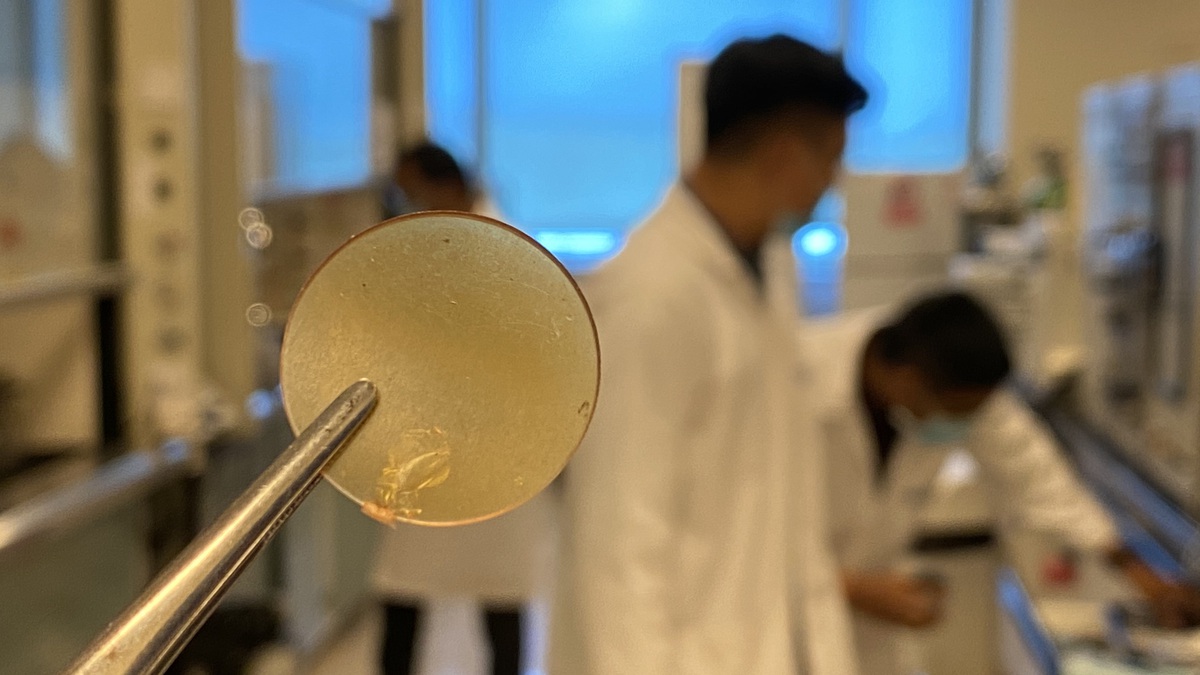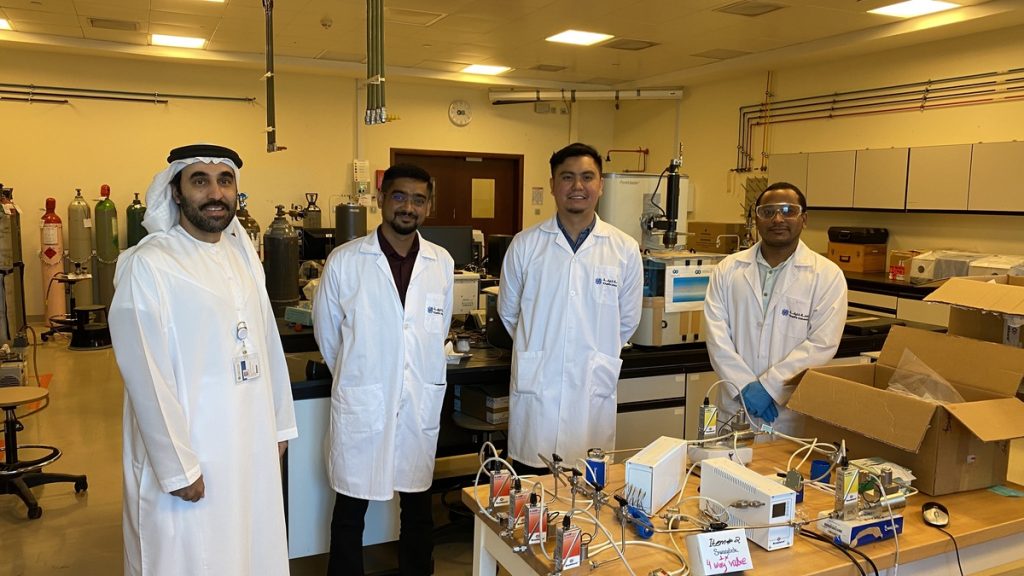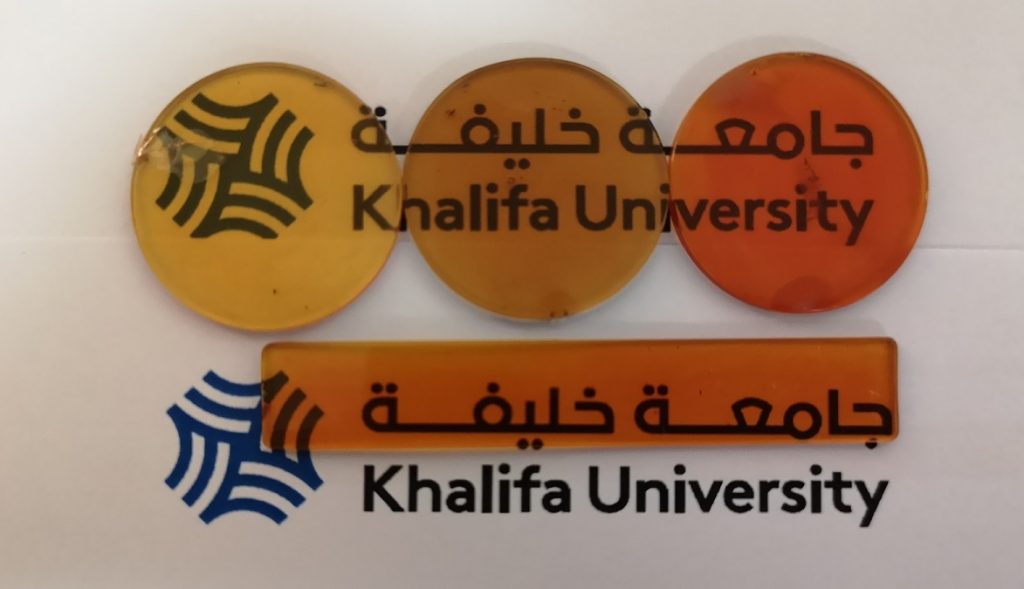
A team of researchers at Khalifa University has discovered a way to use elemental sulphur to enhance the refractive index of polymer materials.
The refractive index, which is the measure of how fast light moves through a material, is an important optical property. It determines the focusing power of lenses, the dispersive power of prisms, the reflectivity of lens coatings, and the light-guiding nature of optical fibers. High refractive index materials are particularly sought for applications requiring high transmission of light.
Inorganic materials—chemical compounds that contain no carbon-hydrogen bonds—usually possess a high refractive index, but their lower flexibility and high densities can limit their applications. Polymeric materials, or plastics, overcome these issues with low weight, excellent impact resistance, easy processability and low cost, but their refractive index is
A team of researchers including Dr. Vijay Wadi, Postdoctoral Fellow, Dr. Kishore Jena, Research Scientist, Kevin Halique, Research Assistant, and Dr. Saeed Alhassan, Associate Professor and Acting Senior Director of the Petroleum Institute, all from the Department of Chemical Engineering at Khalifa University, has discovered a way to use elemental sulphur to enhance the refractive index of polymer materials. Their findings were published in a paper in Scientific Reports.

Previous research has focused on using inorganic or metal nanoparticles to produce polymer composites with a high refractive index, but manufacturing these is more difficult, and the dispersion of the nanoparticles in the polymer matrix is inconsistent, impacting the transparency of the materials and limiting their applications.
Elemental sulphur is a national resource for the UAE, with production coming from the refining and processing of oil and gas. Sulphur atoms can increase the refractive indices of materials. The amount of sulphur and the degree of molecular packing in the polymers play an important role in controlling the refractive properties.
However, elemental sulphur is difficult to incorporate into polymers on its own due to its low solubility and incompatibility with the majority of organic chemicals. Additionally, the resultant polymers produced with heat treatment are highly brittle and unstable at room temperature, making them less than effective for use during polymer processing.
Dr. Alhassan and the research team made stable polymers by reacting elemental sulphur with 1,3-diisopropenylbenzene (DIB) cross-linker inside a polystyrene matrix where it diffuses into the matrix, ensuring even dispersion of the sulphur. The refractive index of the final polymer can be tuned as needed by varying the amount of cross-linkers.
“Directly using elemental sulphur to produce high refractive index polymers is limited by sulphur’s low solubility in most organic solvents and chemicals,” explained Dr. Alhassan. “However, the inverse vulcanization technique is one way to overcome this.”

Inverse vulcanization is a process where sulphur reacts with unsaturated hydrocarbons to form polymers with linear sulphur in their molecular structures. The polymers are synthesized with no solvent as sulphur itself acts as a solvent, making the process highly scalable at the industrial level. The sulphur-rich composite polymers made using this technique are characterized by a high refractive index, and the optical properties can be tuned by simply modifying the chemical formulation.
“The main advantage of these composites is their ability to be scaled up and processed into a variety of different objects,” explained Dr. Alhassan. “Molded objects and films made using these composites are transparent and uniformly colored, showing the stability of the composites. They can be processed into any shape and size without altering transparency. Plus, since they are highly soluble in most organic solvents, they can be made into ultra-thin films that are clear and stable.”
This manufacturing method means high refractive index composite materials can be produced at low cost and high scale, using an easily obtained waste product from the UAE’s petroleum industry for myriad applications in various fields.
Jade Sterling
Science Writer
2 November 2020






